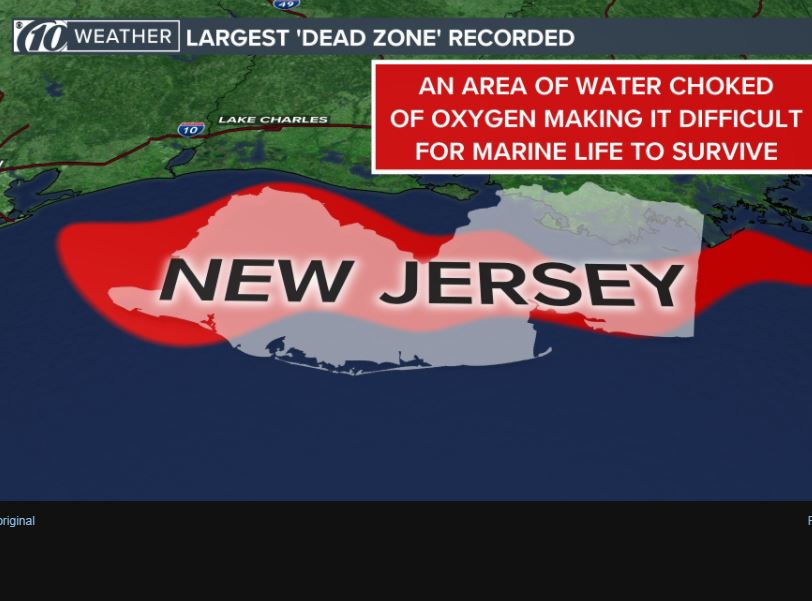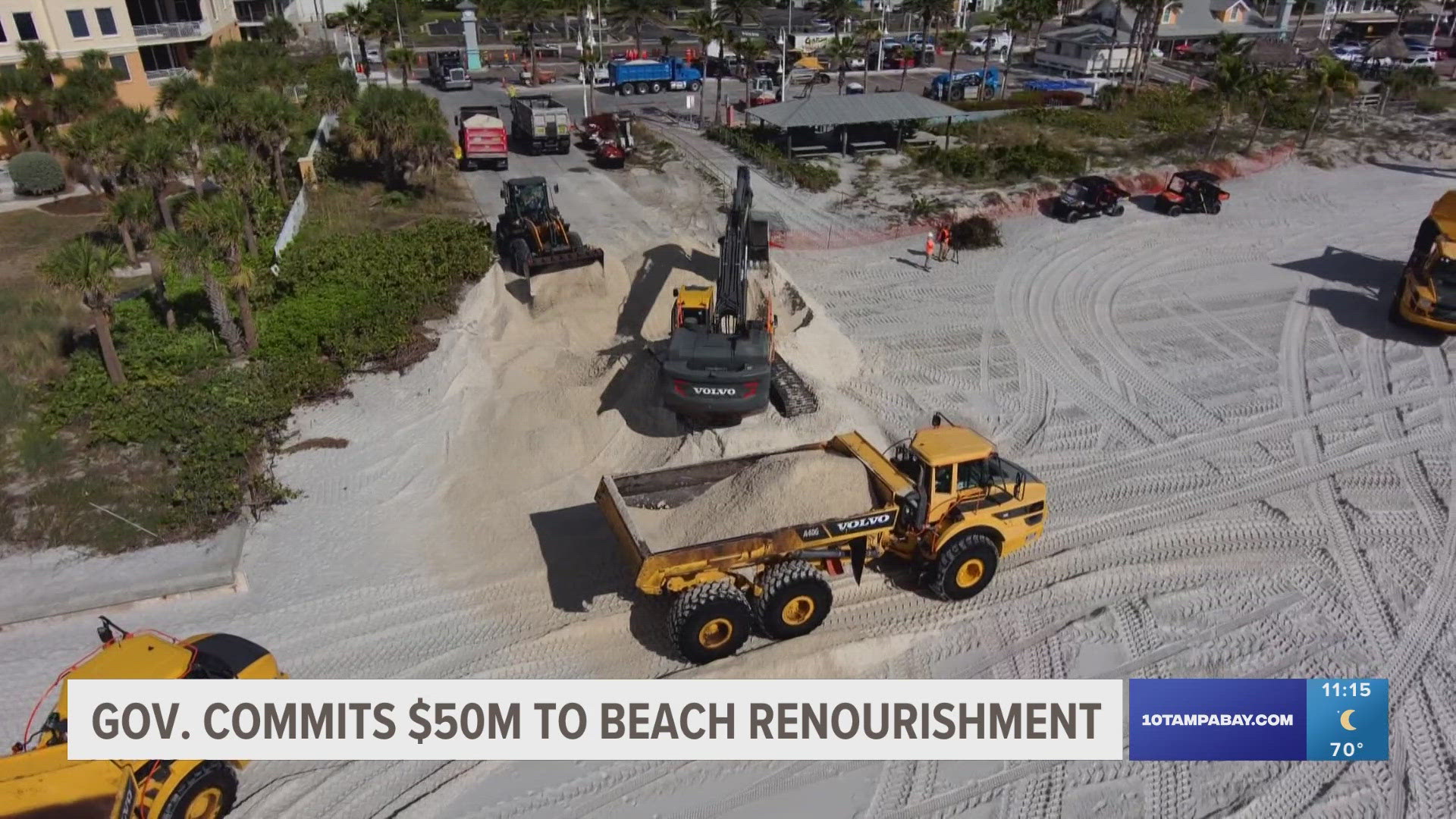You may be paying more for shrimp this summer.
The annual Gulf of Mexico "dead zone" — a region of oxygen-depleted water off the Louisiana and Texas coasts that's harmful to sea life — will be the third largest on record this summer, federal scientists forecast.
This year's zone should be about 8,185 square miles, an area about the size of New Jersey. The average Gulf dead zone is about 5,309 square miles.
The dead zone may slow shrimp growth, leading to fewer large shrimp, according to the National Oceanic and Atmospheric Administration.
A dead zone occurs at the bottom of a body of water when there isn't enough oxygen in the water to support marine life. Also known as hypoxia, it's created by nutrient runoff, mostly from over-application of fertilizer on agricultural fields during the spring.
Unusually heavy flows of nutrients in May contributed to the prediction of a big dead zone this year.
Nutrients such as nitrogen can spur the growth of algae, and when the algae die, their decay consumes oxygen faster than it can be brought down from the surface, NOAA said. As a result, fish, shrimp and crabs can suffocate.
There is also an annual dead zone in the Chesapeake Bay.
"The Gulf's summer hypoxic zone continues to put important habitats and valuable fisheries under intense stress," NOAA's Rob Magnien said. "Although there is some progress in reducing nutrients, the effects of the dead zone may further threaten the region's coastal economies if current levels remain."
The largest Gulf of Mexico dead zone was in 2002 when it was 8,497 square miles, NOAA said. The smallest dead zone measured only 15 square miles in 1988.
Another forecast from Louisiana scientists predicted a dead zone of about 10,000 square miles this summer, which would be the biggest on record.
Weather, including wind speed, wind direction, precipitation and temperature, affect the size of the dead zone, which usually fades away by autumn.
Annual measurements of the Gulf dead zone began in 1985, though it likely started in the late 1950s, NOAA reported.


